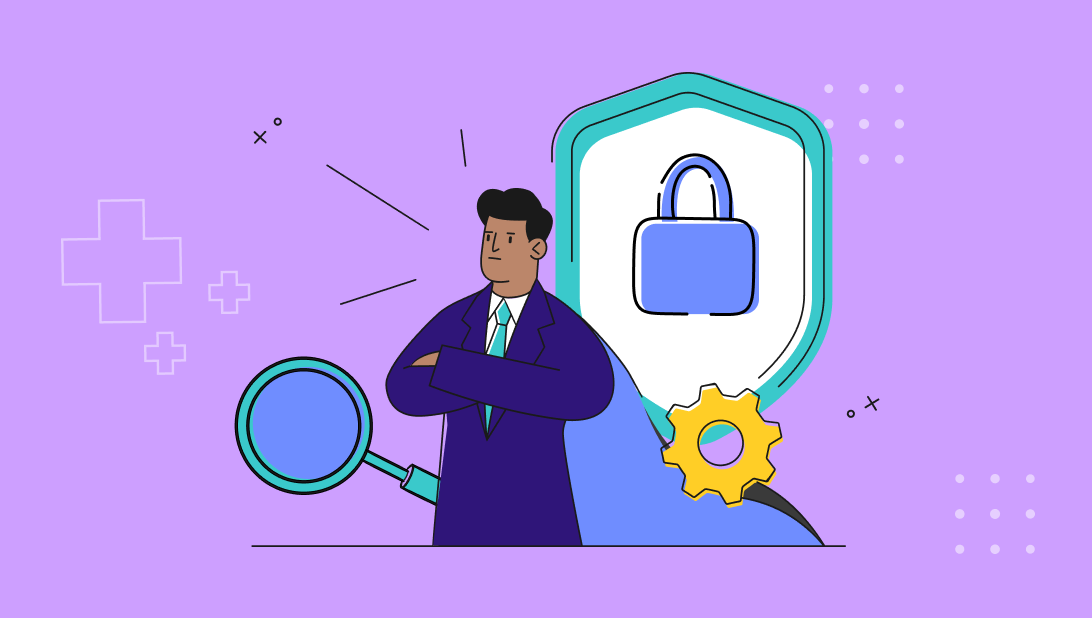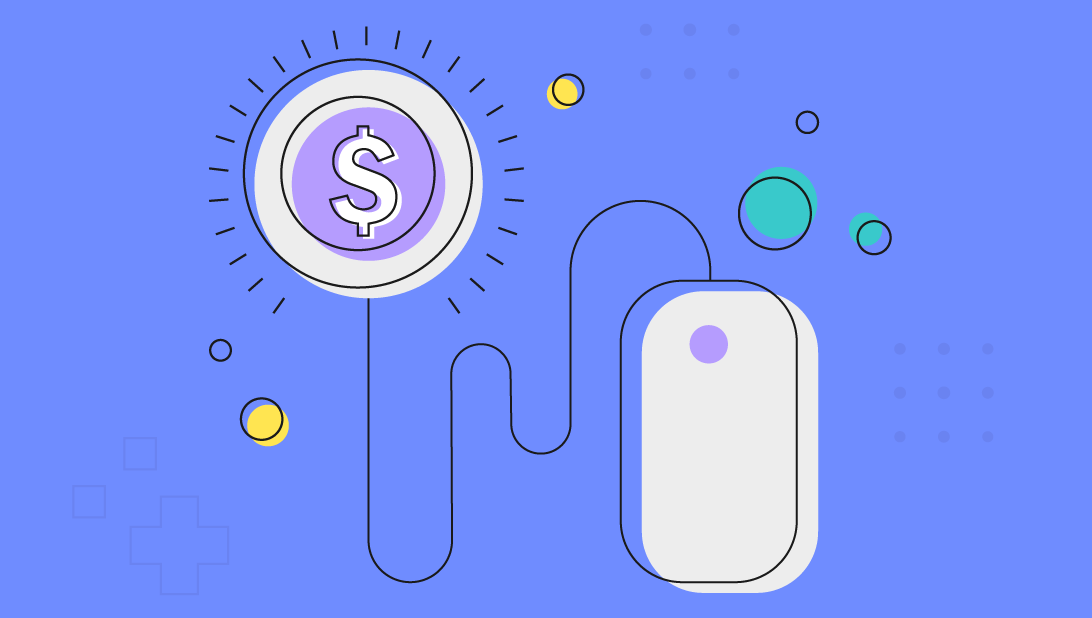

With the straightest of faces and the sincerest of deliveries, would-be marketing guru Dan Sally tells us why inbound marketing simply isn’t for him. If you can identify with Dan, you are likely losing money, customers, perhaps even your business without even realizing it.
As this HubSpot video illustrates, the “outbound” approach Dan prefers has some interesting ramifications. Let's take a close look at them.
Maybe not Dan’s people, but in the real world people are on the web constantly. As far back as 2011, HubSpot noted that half of all consumers spent 75 percent of their shopping time online – and that was before the mass proliferation of smartphones and tablets made us more mobile with our web options.
Marketers must respond in kind. Having a professionally produced, customer-focused website is a start, but you need to give people a reason to visit it. Here’s where inbound marketing strategy first comes into play - attracting qualified traffic, people who need the information you provide and just might be searching for a business solution you can provide.
Outbound, or “interruption” marketing, was once the benchmark of qualified lead generation. A decade ago, newspapers, radio, broadcast TV, email blasts and even cold calling were prime tactics to reach potential customers. You literally interrupted your prospect, wearing him down with sales pitch after sales pitch until he finally gave in … or, more likely, gave up on you. Because the resources for information to consumers were so limited these methods delivered a decent return on investment for even the worst offerings.
Interruptions don’t cut it today. Customers and clients are more savvy and more discriminating. They block telemarketers, DVR their way through TV commercials and employ email filters to avoid spam. Newspaper display ads, radio spots and Yellow Pages are all in serious decline as consumers switch their attention to the Internet. Today, consurmers can go right out on their Facebook or Twitter feeds and just ask masses of people exactly what they think about your business.
But in Dan Sally’s world, the personal touch means never letting up on your pitch. And if a special offer doesn’t work, simply complement their hairstyle. Patronizing people in the course of selling used to be a common tactic that seemed to produce results. More likely the reality was people held their noses and made the purchase simply because of limited options. Given the vast collection of information consumers have right at their fingertips can you blame anyone for thinking Dan comes off as … well, a crazy stalker? Could this be how people are perceiving some of your methods?
Dan’s correct in one aspect: Relating to prospects and customers as a human being is a good idea. But how you do it is very important. Your personality should come through in the great content you provide your audience. The essence of inbound lead generation is building credibility with transparency. This approach helps people to trust your business by the time they’re ready to consider a purchase. Think of the inbound marketing process as courtship and the sale as the resulting marriage.
No, people don’t read Dan’s blog when he runs after them on the street wielding his laptop. But your content – written with customer value, not a sales pitch, in mind, and promoted carefully on social media – is more likely to get positive response. It is a crucial part of a foundational step of inbound marketing. To attract and build an audience that's qualified to do business with you a clearly identifed target market is a basic requirement. All of your content will specifically speak to them.
Citing a Forrester survey, CMS Wire noted in July 2013 that “all business customers can be reached by social channels,” and that “98% of business decision-makers also read blogs, watch videos or listen to podcasts.” In that sense, inbound marketing is not about getting millions of hits – it’s about identifying the people most likely to respond to your message, and creating high-value content they’ll want to read, view and share. Only then are they ready to visit your landing page to initiate some more meaningful interaction with your business.
It's past time for a change if you hope to stay in business. Many who come to us for help only know that the routines they've followed for years have just gradually (or sometimes suddenly) stopped working.
The tendency is to want to approach every type of Internet marketing tactic (website, social media channels, email, etc) with the expectation and strategy that was applied to their outbound newspaper, tv, radio and yellow page campaigns. Because they haven't yet realized all that's gone on in the online universe they often find themselves far behind competitors who have already adapted this approach.
When that's the case it takes longer and costs more on the front end to get meaningful traction with their own inbound marketing efforts. In terms of qualified lead generation, only inbound marketing uses the power of the Internet to attract, engage, qualify and convert leads into customers. Ignoring it only puts you further behind and may eventually put you right out of business if you can't invest enough to catch up.
It’s not an overnight process, but it does work. So if you find yourself in agreement with some of the notions Dan Sally brings to light in this video a day is coming that will serve up a rude awakening. You might want to take the time to do some inventory right now to see how you compare to your competition and how far you must go to get up to speed.


Spot On co-founder and partner Susie Kelley is dedicated to leveraging technology to advance innovative solutions in highly regulated industries. Driven by the opportunity to elevate brands, she co-founded Spot On in 2012 after having spent 15 years honing her marketing skills in an agency. Susie leads business development with a personal touch, focusing on building lasting relationships with clients to meet — and exceed — their goals for business growth.
Get the latest and greatest posts sent straight to your inbox.


